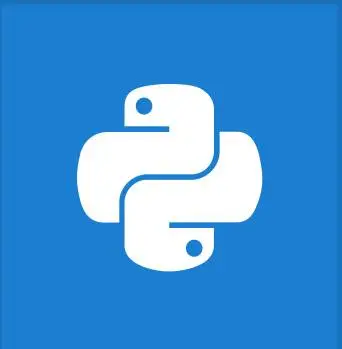


int() 函数用于将给定值转换为整数。结果整数值始终为基数 10。如果我们将 int() 与自定义对象一起使用,则会调用对象的 __int__() 函数。
int(x=0, base=10)# Where x can be Number or string
接受 2 个参数,其中第一个参数 'x' 的默认值为 0。第二个参数 'base' 的默认值为 10,也可以是 0(代码文字)或 2-36。
| 参数 | 描述 | 必需/可选 |
|---|---|---|
| x | 要转换为整数对象的数字或字符串。 | 必需 |
| base | x 中数字的基数 | 可选 |
| 输入 | 返回值 |
|---|---|
| 整数对象 | 基数为 10 |
| 无参数 | 返回 0 |
| 如果给定基数 | 在给定的基数中(0, 2, 8, 10, 16) |
# integer
print("int(123) is:", int(123))
# float
print("int(123.23) is:", int(123.23))
# string
print("int('123') is:", int('123'))
输出
int(123) is: 123
int(123.23) is: 123
int('123') is: 123
# binary 0b or 0B
print("For 1010, int is:", int('1010', 2))
print("For 0b1010, int is:", int('0b1010', 2))
# octal 0o or 0O
print("For 12, int is:", int('12', 8))
print("For 0o12, int is:", int('0o12', 8))
# hexadecimal
print("For A, int is:", int('A', 16))
print("For 0xA, int is:", int('0xA', 16))
输出
For 1010, int is: 10 For 0b1010, int is: 10 For 12, int is: 10 For 0o12, int is: 10 For A, int is: 10 For 0xA, int is: 10
class Person:
age = 23
def __index__(self):
return self.age
def __int__(self):
return self.age
pers
print('int(person) is:', int(person))
输出
int(person) is: 23
注意:在内部,int() 方法调用对象的 __int__() 方法。这两个方法应返回相同的值。情况是,旧版本的 Python 使用 __int__(),而新版本使用 __index__() 方法。